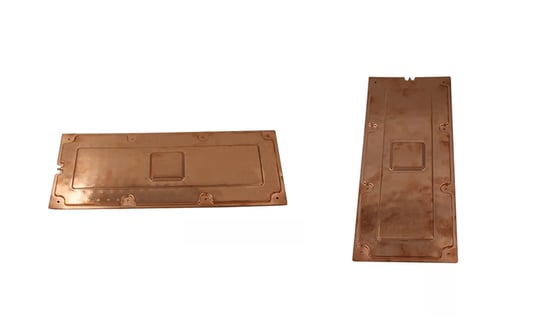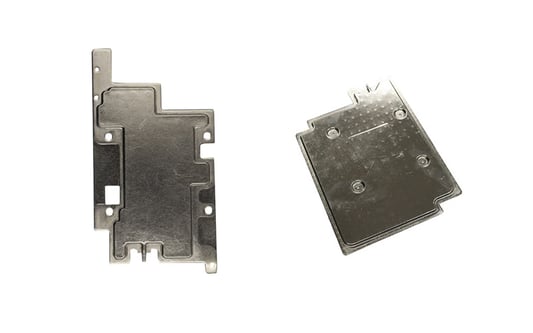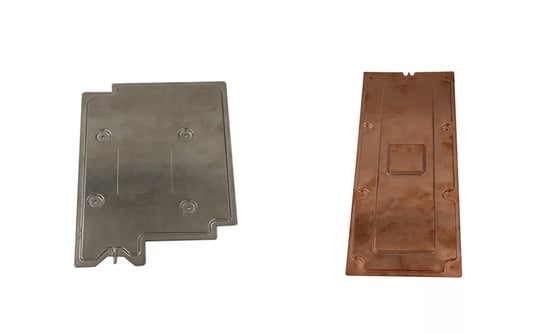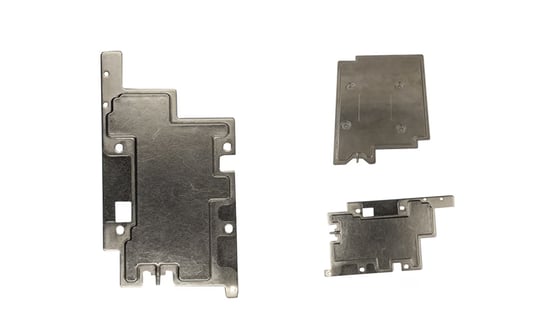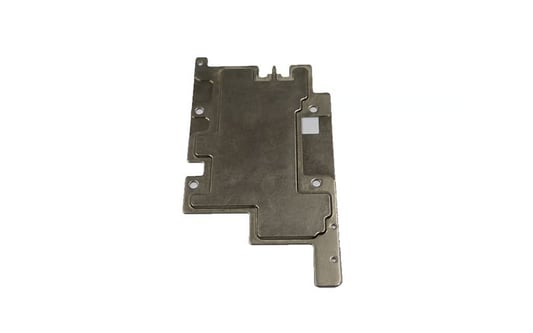The Benefits of vacuum sealing process in VCWhen it comes to preserving food and extending its shelf life, the vacuum sealing process in VC is a game-changer. By removing air from the packaging, vacuum sealing helps prevent oxidation and freezer burn, keeping food fresh for longer periods of time.How Does the Vacuum Sealing Process Work?The vacuum sealing process in VC involves placing food items in a specially designed vacuum-sealing bag or container. The air is then removed from the package using a vacuum sealer machine, creating an airtight seal that locks in freshness and flavor.Types of Foods Suitable for Vacuum SealingNearly any type of food can be vacuum sealed, but some foods are more suited for this preservation method than others. Foods with high moisture content, such as meats, fruits, and vegetables, are ideal candidates for vacuum sealing.Maximizing Efficiency with Vacuum Sealing Process in VCTo get the most out of your vacuum sealing process in VC, it's crucial to properly prepare and store your food items. Make sure to remove excess air from the packaging, seal the bags or containers tightly, and label each package with the contents and date of sealing.Long-Term Storage BenefitsOne of the key advantages of the vacuum sealing process in VC is its ability to extend the shelf life of food items. By removing air and sealing the packaging, vacuum sealing helps preserve the quality and freshness of foods for extended periods of time, making it an ideal solution for long-term storage.Reducing Food Waste with Vacuum SealingIn a world where food waste is a growing concern, the vacuum sealing process in VC offers an effective solution for prolonging the life of perishable goods. By vacuum sealing foods, you can reduce spoilage and waste, ultimately saving you money and helping the environment.Enhancing Food Safety with Vacuum Sealing ProcessVacuum sealing not only helps preserve the freshness of food but also plays a crucial role in ensuring food safety. By removing air and creating an airtight seal, vacuum sealing helps prevent the growth of harmful bacteria and pathogens, reducing the risk of foodborne illnesses.Convenience and Versatility of Vacuum SealingWhether you're meal prepping, preserving leftovers, or marinating meats, the vacuum sealing process in VC offers unmatched convenience and versatility. With vacuum-sealed packages, you can easily organize your fridge or freezer, stack packages efficiently, and reheat foods quickly.Choosing the Right Vacuum Sealer for Your NeedsWhen it comes to vacuum sealing, choosing the right vacuum sealer is essential for achieving optimal results. Consider factors such as sealing strength, bag compatibility, and ease of use when selecting a vacuum sealer that meets your specific needs and preferences.Exploring Creative Uses of Vacuum Sealing Process in VCBeyond preserving food, the vacuum sealing process in VC can be used for a variety of creative purposes. From storing non-food items like documents and electronics to sous vide cooking and infusing flavors, the possibilities are endless with vacuum sealing.Quote Inquirycontact us


